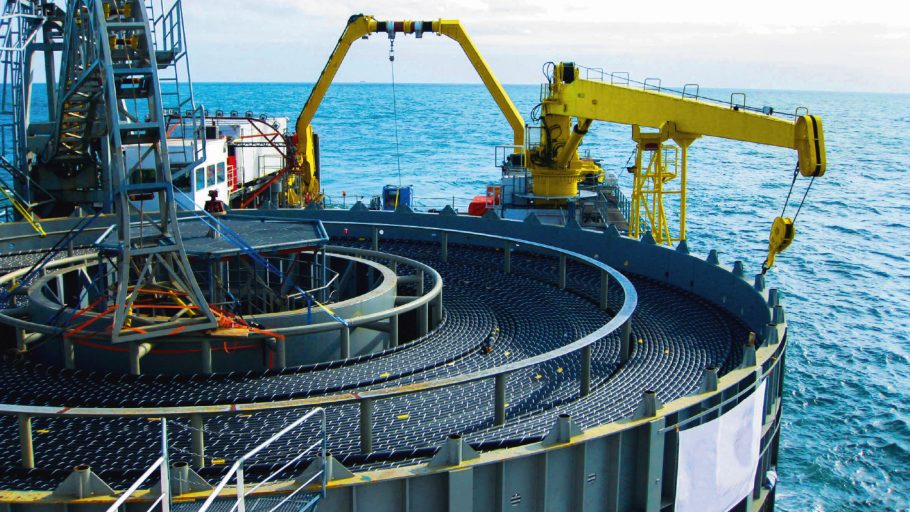Unrepeatered cables form an important part of submarine connectivity; they were the original “Open Systems” due to their passive nature, and they are often procured in a disaggregated manner because of the simplicity of their line design. The very nature of their unpowered configuration results in largely straightforward and cost-efficient design, procurement, and installation processes.
Unrepeatered cables are used for different purposes across several markets. In subsea telecoms, they typically form regional point-to-point links or multi-point festoon systems. They can expand transoceanic segments by providing onward connectivity at landing points, and are often used to cross harbors, rivers, and lakes. Unrepeatered cables can provide links to/from oil platforms offshore, wind farms, and ocean observatories. They deliver a telecoms path to power systems, either as an integral package to the power cable itself or as a separate outrider cable.
Their passive nature removes the need for power feeding equipment, repeaters, and line monitoring equipment, which makes them attractive for parts of the world where resources are limited, or locations where high-power equipment may not be desirable, such as oil platforms. Their passive design does mean that unrepeatered systems are distance-limited, and those looking to achieve a high-capacity-per-fiber-pair solution may start to sway towards a repeatered design at around 400-450km cable length. But with upwards of 96 fiber pairs per cable (versus 24 in modern space division multiplexing repeatered systems), it is easy to achieve a high “total system capacity” on an unrepeatered link with a mixture of Remote Optically Pumped Amplifiers (ROPA) and powerful pre- and post-amplification.

Unrepeatered systems are often a wise choice for owners looking simply to sell dark fiber pairs and not engage in the business of equipping and managing networks or selling capacity. In regional markets, a business plan based solely on the sale of whole fiber pairs to discrete customers is simple and can often make more sense than apportioning spectrum or capacity within every fiber to different customers.
ABOUT THE AUTHOR
Anders Ljung is the Business Manager of Submarine Cable Solutions at Hexatronic in Hudiksvall, Sweden where he is responsible worldwide for Hexatronic’s fiber optic submarine cable portfolio. Ljung holds an MSc in Polymer Mechanics and has been employed for 30 years in the fiber optic cable industry.



